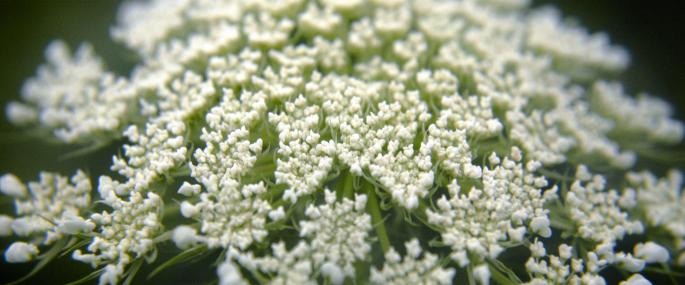Wild Carrot is a widespread perennial plant of grasslands, particularly those on chalk soils, and coastlines. In bud, the dense umbels (umbrella-like) of flowers look reddish, but they soon bloom into white flowers. These flowers can be seen from June to September, eventually turning into concave, bird's-nest-like seedheads.
Areas of rare and unique wildlife, chalk grasslands have been likened to rainforest for the diversity of species they hold. But they are being lost at an alarming rate due to changes in land use causing the decline of grazing: it's estimated that we've lost 80% of our chalk grassland over the last 60 years. The Wildlife Trusts manage many grassland nature reserves for the benefit of the rare wildlife they hold. You can help too: volunteer for your local Wildlife Trust and you could be involved in everything from scrub-cutting to stockwatching.
